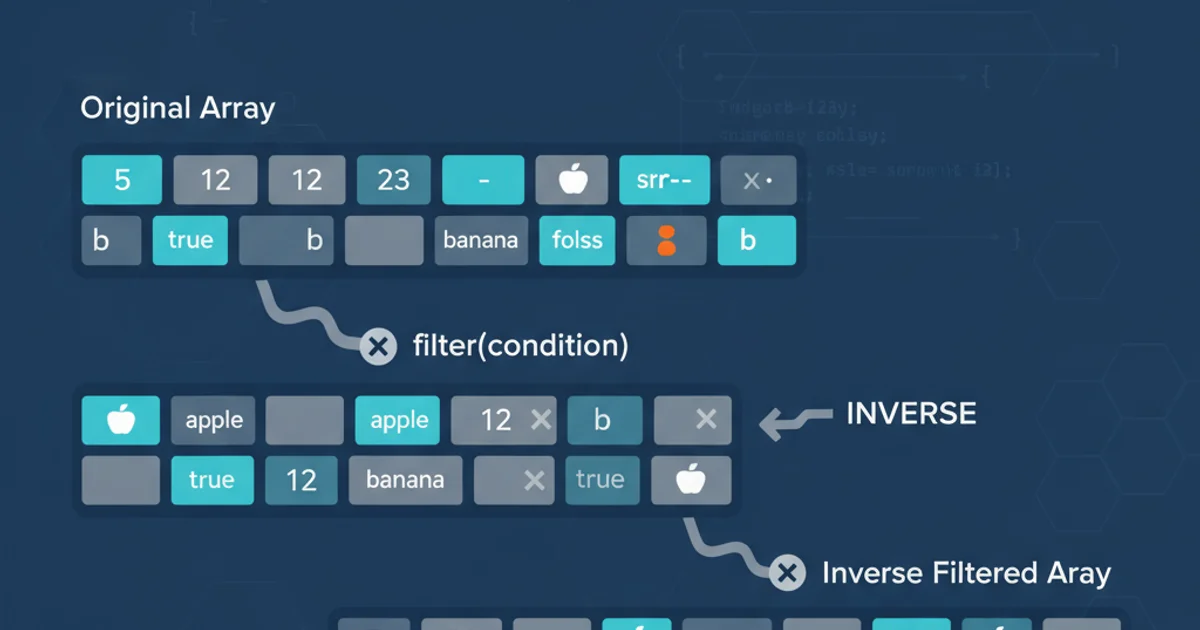macOS - How to install Java 17
Categories:
Installing Java 17 on macOS: A Comprehensive Guide

Learn how to efficiently install and manage Java Development Kit (JDK) 17 on your macOS system using various methods, including Homebrew and manual installation, ensuring a smooth development environment.
Java 17, as a Long-Term Support (LTS) release, is a crucial version for many developers, offering enhanced performance, new language features, and long-term stability. This guide will walk you through the process of installing Java 17 on your macOS machine, covering popular methods like Homebrew and direct downloads, along with verifying your installation and setting up environment variables. Whether you're a seasoned developer or just starting, having the correct Java version is fundamental for building and running Java applications, including those using frameworks like JavaFX.
Method 1: Installing Java 17 with Homebrew (Recommended)
Homebrew is the most popular package manager for macOS, simplifying the installation and management of software. It's the recommended approach for installing Java 17 due to its ease of use and ability to manage multiple JDK versions.
1. Step 1: Install Homebrew (if not already installed)
Open your Terminal application and run the following command to install Homebrew. Follow the on-screen instructions to complete the installation.
2. Step 2: Install Java 17
Once Homebrew is installed, you can install OpenJDK 17 (the open-source implementation of Java 17) with a single command. Homebrew will handle downloading and setting up the JDK.
3. Step 3: Verify the installation
After the installation completes, verify that Java 17 is correctly installed and set as the default Java version by checking its version. You might need to restart your terminal or run source ~/.zshrc (or ~/.bash_profile) for changes to take effect.
4. Step 4: Manage multiple Java versions (Optional)
If you need to switch between different Java versions, Homebrew provides the brew link and brew unlink commands. For example, to switch to Java 17 if another version is linked, you would use sudo brew unlink java followed by sudo brew link --force openjdk@17. You can also use tools like jenv for more advanced version management.
/bin/bash -c "$(curl -fsSL https://raw.githubusercontent.com/Homebrew/install/HEAD/install.sh)"
brew install openjdk@17
java -version
Homebrew commands for installing and verifying Java 17.
/usr/local/opt/openjdk@17 and adds it to your PATH, making it easy to manage. If you encounter issues, ensure your shell's configuration file (.zshrc or .bash_profile) is correctly sourcing Homebrew's environment setup.Method 2: Manual Installation of Java 17
For those who prefer direct control or cannot use Homebrew, manual installation involves downloading the JDK archive and configuring your system's environment variables. This method gives you precise control over where Java is installed.
1. Step 1: Download Java 17 JDK
Visit the official Oracle JDK download page or OpenJDK distribution sites (like Adoptium/Eclipse Temurin) and download the macOS ARM64 (for Apple Silicon) or x64 (for Intel) .dmg or .tar.gz package for Java 17. For this guide, we'll assume a .dmg file from Oracle or Adoptium.
2. Step 2: Install the JDK package
Open the downloaded .dmg file and follow the installer prompts. This will typically install the JDK to /Library/Java/JavaVirtualMachines/jdk-17.jdk/Contents/Home.
3. Step 3: Set JAVA_HOME environment variable
Open your shell configuration file (~/.zshrc for Zsh or ~/.bash_profile for Bash) in a text editor and add the JAVA_HOME variable, pointing to your Java 17 installation directory. Then, source the file to apply changes.
4. Step 4: Verify the installation
After setting JAVA_HOME and sourcing your shell configuration, verify the installation by checking the Java version and the JAVA_HOME variable.
echo 'export JAVA_HOME="/Library/Java/JavaVirtualMachines/jdk-17.jdk/Contents/Home"' >> ~/.zshrc
echo 'export PATH="$JAVA_HOME/bin:$PATH"' >> ~/.zshrc
source ~/.zshrc
java -version
echo $JAVA_HOME
Commands to set JAVA_HOME and PATH for manual Java 17 installation.
JAVA_HOME points to the desired version. Incorrect JAVA_HOME settings can lead to compilation or runtime errors.Understanding Java Installation Flow
The process of installing Java involves downloading the JDK, placing it in a system-accessible location, and configuring environment variables so that your operating system and applications can locate the Java runtime and development tools. This diagram illustrates the typical flow.
flowchart TD
A[Start: User wants Java 17] --> B{Choose Installation Method}
B -->|Homebrew| C[Install Homebrew (if needed)]
C --> D[Run 'brew install openjdk@17']
D --> E[Homebrew links JDK & sets PATH]
B -->|Manual| F[Download JDK 17 .dmg/.tar.gz]
F --> G[Run Installer / Extract Archive]
G --> H[Set JAVA_HOME in .zshrc/.bash_profile]
H --> I[Add $JAVA_HOME/bin to PATH]
E --> J[Verify Installation: 'java -version']
I --> J
J --> K[End: Java 17 Ready]Flowchart illustrating the installation process for Java 17 on macOS.
Configuring JavaFX with Java 17
JavaFX is no longer bundled with the JDK since Java 11. If you're developing JavaFX applications with Java 17, you'll need to add JavaFX as a separate module. The easiest way to do this is by using a build tool like Maven or Gradle.
Maven (pom.xml)
Gradle (build.gradle)
plugins { id 'java' id 'application' id 'org.openjfx.javafxplugin' version '0.0.10' }
group 'com.example' version '1.0-SNAPSHOT'
repositories { mavenCentral() }
javafx { version = "17.0.2" modules = [ 'javafx.controls', 'javafx.fxml' ] // Add other JavaFX modules here }
dependencies { // No explicit JavaFX dependencies needed if using the plugin }
application { mainModule = 'com.example.yourmodule' mainClass = 'com.example.App' }